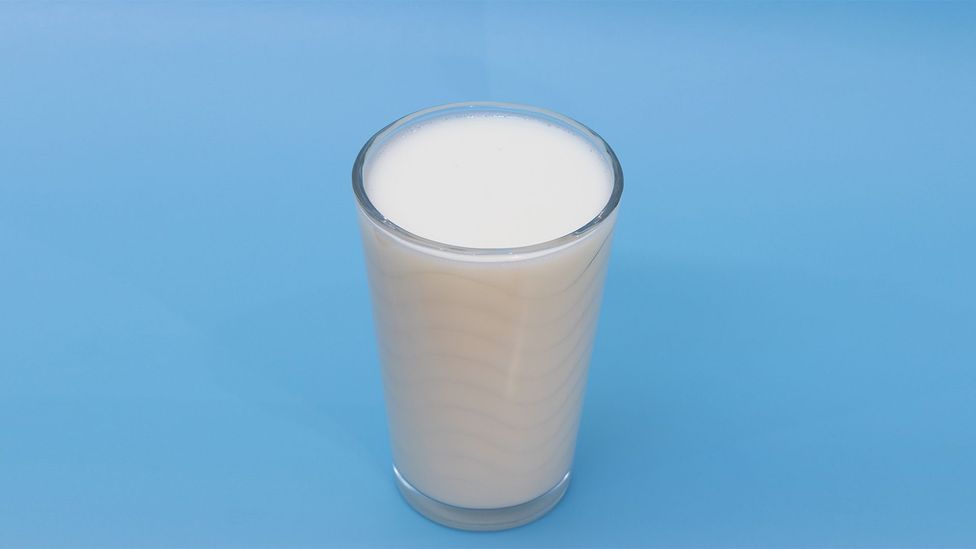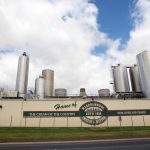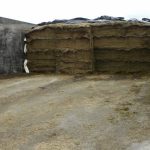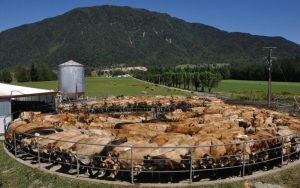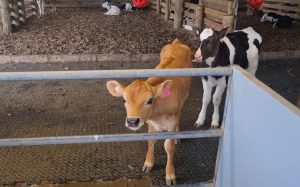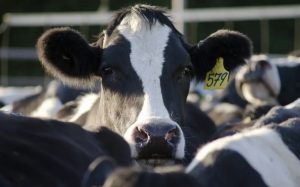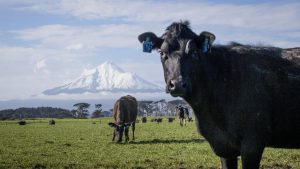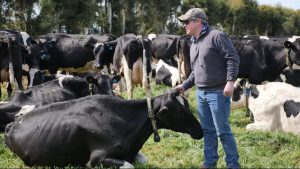
That put the bank’s forecast just below the upper range of Fonterra’s latest milk price guidance of $7.90-$8.90, which the co-operative announced in late October.
At an $8.40 midpoint, that would equal the highest farmgate milk price paid by the co-operative and represent an almost $13billon flow into regional New Zealand.
In an update yesterday, ANZ agricultural economist Susan Kilsby said milk price futures for the current season were trading at about $9/kg ms. There was potential for the farmgate milk price to reach that level but that would require commodity prices to remain strong for the remainder of the season.
By this time of year, normally a little over half the season’s produce had been sold and foreign exchange requirements for the current season would be well hedged. That provided a greater degree of certainty for the current season milk price.
Dairy commodity prices would need to drop about 20% for the 2021-22 milk price to fall below $8. ANZ had allowed for some softening of prices in its forecast, she said.
Looking ahead, the 2022-23 season was also expected to deliver an above-average milk price and ANZ’s initial forecast was $8. While that might not be quite as strong as the current season’s milk price, it was still a very high level, Ms Kilsby said.
Limited growth in global milk supplies was one of the factors supporting global dairy commodity prices. Milk output was only growing at modest rates in all the main dairy exporting countries.
Stronger growth was forecast in some of the developing nations that were large milk producers but, in those countries, population growth or improving incomes were helping bolster demand for dairy products.
Any additional milk produced in countries like India, Russia, Pakistan and China was expected to be readily absorbed by their domestic markets and have only a limited impact on global markets.
